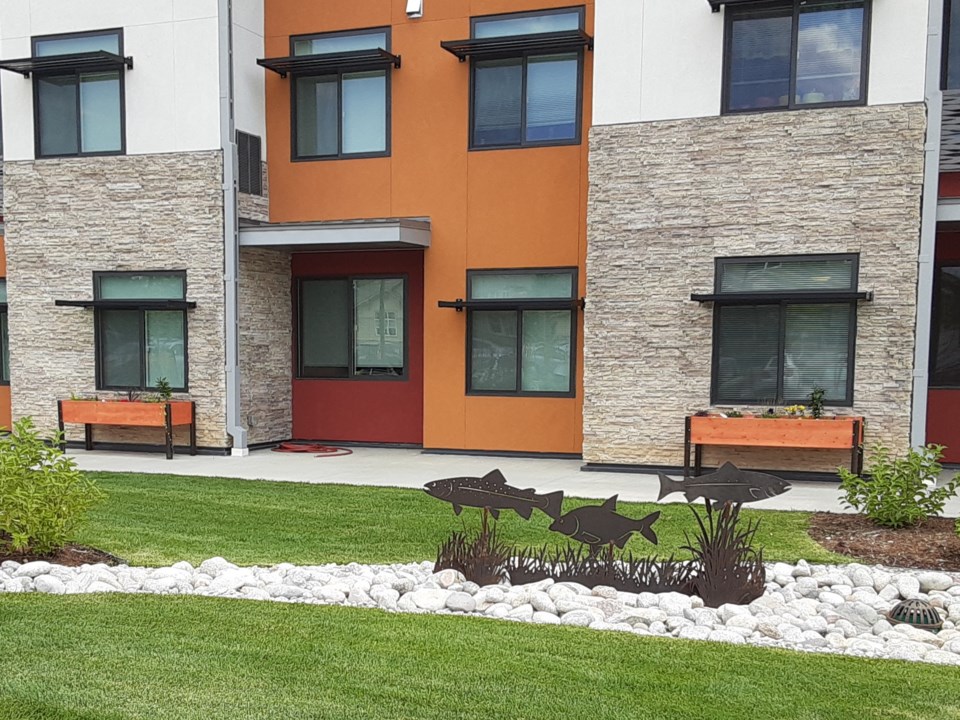City Council Tuesday night unanimously approved setting up an ongoing fund to gain more attainable housing for lower-and-middle class families in Longmont.
The proposed ordinances will get a second reading and public hearing before the city council on Oct. 25.
The vote came after former councilor Polly Christensen criticized the attainable housing initiative, saying it draws attention away from securing affordable housing for most low-income Longmonters.
The ordinance “does not establish any criteria, it doesn’t specify any amount,” Christensen told the councilor during a public invited to be heard portion of Tuesday’s study session. “It’s a waste of time, please don’t do this.”
The special fund is “for the purpose of receiving all revenues related to attainable housing programs and services,” according to the proposed ordinance. The fund and any earned interest will be for the specific purpose of providing attainable housing programs and services that serve people earning between 80.1-120% of the Area Median Income, the ordinance states.
According to the U.S. Department of Housing and Urban Development, the area median income for the Boulder metropolitan area this year is estimated at $125,400. Using 2022 income limits for 80% AMI and up to 33% of household income, a maximum affordable housing sales price for a single family home in Longmont is considered $401,000.
The Leader reported in June that councilors looked at the fee structure for the building of attainable housing and were open to considering a reduction in fees for housing aimed at 80-120% AMI if the city could afford it, maybe on a case by case basis.
“What we don’t want is to disincentivize affordable by overinsentivising attainable, so we have got to balance those two components as well,” City Manager Harold Dominguez Dominguez said in June.
Reducing the securities needed to be guaranteed for a project could also help affordability, and Dominguez said restructuring that process could be done in a way that would make more sense while not compromising the system.
Allowing for more middle-tier housing — think duplexes — in residential areas was another idea council members were open to.
“I would say yes absolutely, there should be no single family zoning that is absolute ever again, but when we have architectural protections on other neighborhoods for other reasons like historic areas that we have to still be aligned with everything else,” Councilmember Marcia Martin said in June.
Another question was whether the city would look at reducing lot size requirements. The current standard is 50 feet, which can be reduced to 40 feet if the housing is affordable, but many cities are moving to much smaller lot sizes.
Modifying infrastructure is also a consideration. While Longmont’s code has often been “suburban” in nature, as Dominguez described it, with wide streets and large areas for easements, a more “urban” based approach could modify setbacks and utility easements to make it easier for developers building attainable housing.



